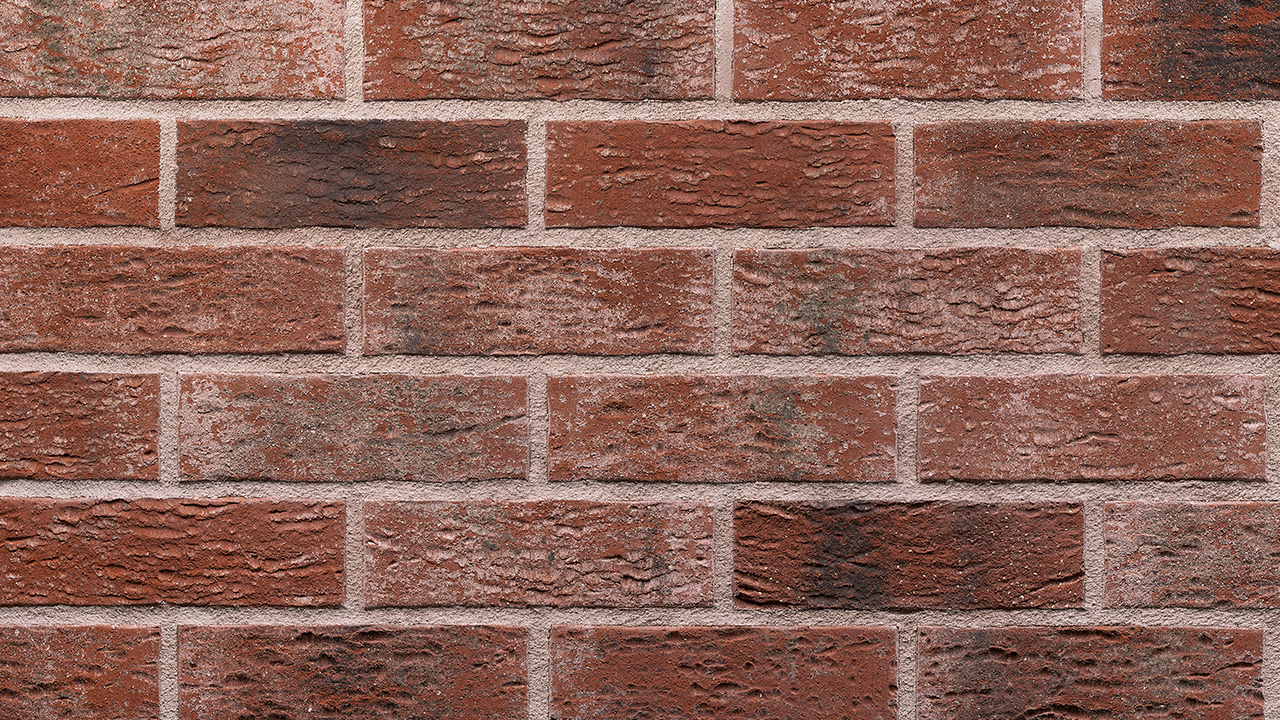Humans have been using bricks in building construction for millennia, but one type of brick stands out as particularly iconic – the Dutch brick. Widely used throughout the Netherlands and beyond, the Dutch brick has a unique style and history that has left its mark on architecture around the world.
Origins in the Netherlands
The Dutch brick traces its origins back to the 16th century in the low-lying Netherlands. With much of the landscape reclaimed from seas and waterways, clay deposits near the surface provided an ideal natural resource for brickmaking. Early brickmakers perfected techniques for firing solid bricks that could withstand the wet climate conditions.
By the 17th century, the trademark orange-red color and rectangular shape had become standardized. Brick styles varied slightly by region, but the hardwearing Dutch brick emerged as the preferred local material for everything from simple farmhouses to grand canal-side buildings in cities like Amsterdam. Demand increased as the Golden Age of the Netherlands saw rapid economic and urban growth.
Exports around the Globe
As the Dutch East and West India trading companies expanded their global empires in the 1600s-1700s, Dutch Bricks were shipped overseas. This helped spread the Netherlands’ distinctive building material and styles to the far corners of the world. Places like the eastern coasts of North America saw an influx of Dutch settlers, architects, and bricks.
Dutch architecture left lasting imprints in New York City and other parts of the former New Netherland colony. Meanwhile, Dutch trading posts in Asia introduced the humble brick to locales like Sri Lanka, Malaysia, and India. The material became incorporated into local building traditions and blended with other influences. Even today, remnants of old Dutch colonial buildings containing the recognizable red bricks can be found scattered internationally.
Modern Production Methods
While handmade brickmaking endured into the early 20th century in some areas, larger automated brick factories gradually took over production. New tunnel kiln techniques allowed for efficient mass firing of bricks. This helped meet expanding post-World War 2 demand for reconstruction materials.
Compositional Consistency
The composition of modern Dutch brick has remained quite consistent over the centuries of production. They are typically made of local marine clay soils, which are ideal for forming sturdy, weather-resistant fired bricks. Added materials may include sand, grog (crushed old bricks), or lime. Careful regulation ensures bricks fall within established size, color and durability standards worthy of the Dutch brick name.
Architectural Applications
From simple load-bearing walls to elaborate ornamentation, Dutch brick has served a diverse array of architectural purposes. Exterior walls, garden walls and plinths showcase the elegant simplicity and durability of the stark red bricks. Intricate detailing like neckings, cornices and gauged arches demonstrate the malleability of the material. Inside, Dutch brick is a common choice for fireplaces, vaults and structural elements. Whether modern or historical, the humble brick remains integral to Dutch architectural identity.
Continued Popularity
Today Dutch brick production continues on a large industrial scale, with some ten million bricks manufactured each day. Automated processes now achieve results similar to handmade predecessors. The brick’s appealing texture, classic red-orange tone and ability to weather gracefully ensures ongoing demand for retrofits, repairs and new builds. Iconic structures like windmills and canal houses epitomize the quintessential role of brick in realizing Dutch architectural visions, both past and present. Through adaptive reuse, the durable material also prolongs the lifetime of historic structures for future generations to appreciate.
From its origins in the waterlogged Dutch landscapes to global exports and modern mass production, the humble clay brick has carved out an illustrious history. Wrapped up in the identity of Dutch architectural styles and traditions, this lowly building block became an internationally recognized design element. Centuries after its inception, the iconic brick endures as synonymous with classic Netherlands architectural themes. It continues imparting aesthetic appeal, functionality and longevity to structures around the world. The legacy of the versatile yet long-lasting Dutch brick shows no signs of fading anytime soon.
*Note:
1. Source: Coherent Market Insights, Public sources, Desk research
2. We have leveraged AI tools to mine information and compile it



